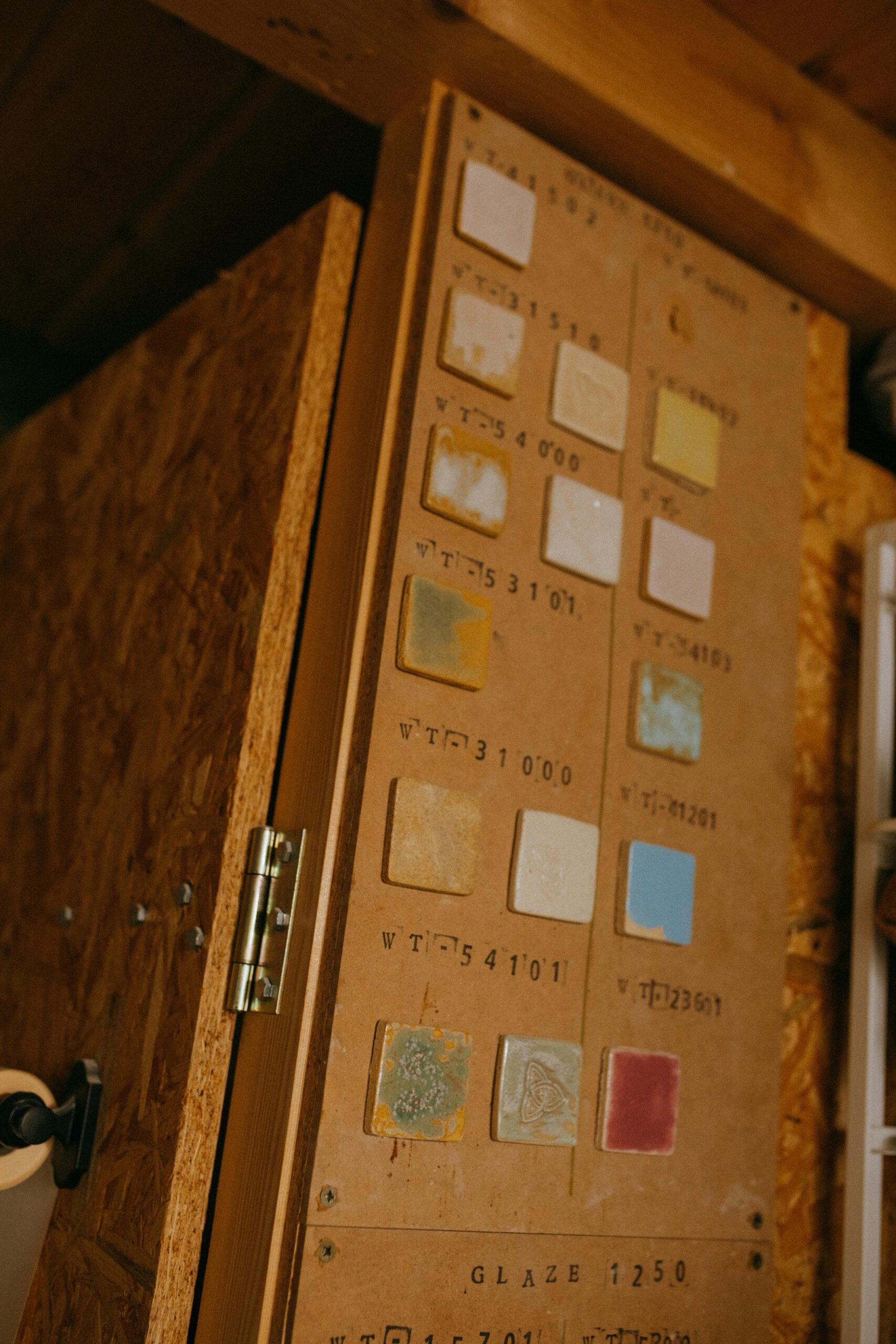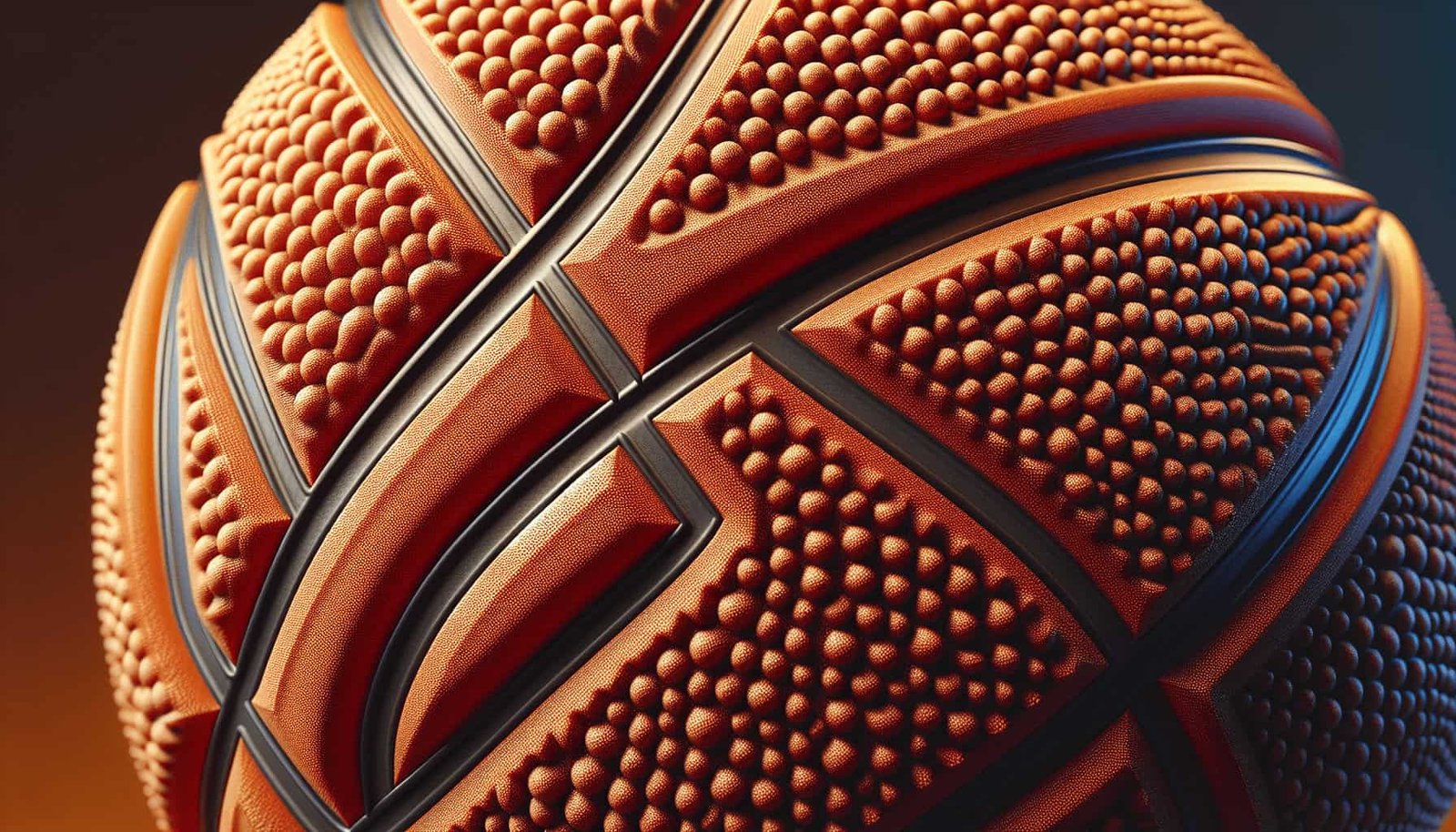Have you ever wondered what materials are commonly used in the construction of basketballs? Whether you’re dribbling down the court for a game-winning shot or practicing free throws late into the night, the materials that make up a basketball play a crucial role in its performance. Let’s take a closer look at the anatomy of a basketball and the materials that give it that perfect bounce, grip, and durability.
The Core Materials of Basketballs
Understanding what goes into creating a basketball starts with examining its core materials. Each material contributes to the ball’s feel, durability, and performance.
1. Rubber
Rubber is a fundamental material in the construction of basketballs, especially those designed for outdoor use. It’s chosen for several reasons:
- Durability: Rubber basketballs are tough and can withstand rough surfaces like concrete and asphalt.
- Cost-Effective: These balls are generally more affordable, making them a popular choice for playgrounds and casual games.
- Maintenance: They require less care since rubber is resistant to moisture and dirt.
While rubber basketballs may not provide the same level of performance as higher-end models, they offer a reliable option for recreational play.
2. Synthetic Leather
Next up is synthetic leather, a popular choice for both indoor and outdoor basketballs. Synthetic leather has several advantages that make it appealing:
- Versatility: Suitable for both indoor and outdoor courts.
- Grip: Provides a good grip and control, improving overall playability.
- Aesthetics: Synthetic leather looks and feels more like genuine leather, giving it a professional appearance.
However, synthetic leather balls do require more care compared to rubber balls, especially when used outdoors where they can get dirty or damaged more easily.
3. Genuine Leather
Genuine leather basketballs are the crème de la crème, often used in professional leagues and high-level competitions. Here’s why:
- Superior Feel: The touch and feel of genuine leather are unmatched, offering excellent grip and control.
- Performance: Leather basketballs perform exceptionally well on indoor courts, providing a consistent bounce and responsiveness.
- Longevity: With proper care, leather basketballs can last for a very long time.
However, genuine leather basketballs are generally more expensive and require proper maintenance to keep them in good condition.
Layers of a Basketball
A basketball is more than just its outer shell. It comprises several layers, each made of different materials, working together to enhance performance.
Outermost Layer: Cover
The outermost layer is what you see and touch. It can be made of rubber, synthetic leather, or genuine leather. This layer provides the grip, feel, and overall durability.
Material Comparison:
| Material | Pros | Cons |
|---|---|---|
| Rubber | Durable, affordable | Less grip, not as premium |
| Synthetic Leather | Good grip, versatile | Requires more care |
| Genuine Leather | Superior feel and performance | Expensive, needs maintenance |
Middle Layers: Winding Layer and Carcass
The middle layers of a basketball consist of the winding layer and the carcass. These layers add structural integrity and influence the ball’s bounce.
Winding Layer
This layer often consists of nylon threads wound tightly around the carcass. The winding layer serves multiple purposes:
- Shape Retention: Helps the ball maintain its shape.
- Durability: Adds an extra layer of durability to the interior.
- Consistency: Ensures consistent bounce and performance.
Carcass
The carcass, usually made of polyester or a similar material, is the layer immediately underneath the winding layer. It provides:
- Elasticity: Offers the necessary elasticity to ensure the ball can be inflated and maintain pressure.
- Structure: Contributes to the overall structure and integrity of the basketball.
Innermost Layer: Bladder
The innermost layer is the bladder, typically made of rubber. The bladder is critical for:
- Air Retention: Ensures the basketball holds air for prolonged periods.
- Bounce: Directly affects the bounce and responsiveness of the ball.

Specialized Basketballs and Their Unique Materials
Sometimes, basketballs are designed for specialized purposes, requiring unique materials that cater to specific needs.
Composite Leather Basketballs
Composite leather basketballs are crafted to offer a balance between the premium feel of genuine leather and the durability of synthetic materials.
Advantages:
- Feel: Almost as good as genuine leather, but more affordable.
- Versatility: Suitable for both indoor and outdoor play.
- Durability: More durable than genuine leather when used outdoors.
Eco-Friendly Basketballs
In recent years, there has been a growing interest in eco-friendly basketballs. These basketballs are made using sustainable materials and processes.
Common Materials:
- Recycled Rubber: Utilizes recycled rubber for the outer shell.
- Bio-Based Materials: Incorporates bio-based materials to reduce carbon footprint.
Hybrid Basketballs
Hybrid basketballs combine different materials to maximize the ball’s performance across various conditions.
Composition:
- Hybrid Cover: Typically a blend of rubber and synthetic leather.
- Modified Bladders: Enhanced rubber bladder for better air retention and bounce.
Indoor vs. Outdoor Basketballs
Basketballs can be specifically designed for indoor or outdoor use, and the materials chosen reflect their intended environment.
Indoor Basketballs
Indoor basketballs are typically made with:
- Genuine Leather or Composite Leather: Provides optimal grip and feel on hardwood surfaces.
- Greater Focus on Performance: Prioritizes excellent grip, consistent bounce, and overall playability.
Outdoor Basketballs
Outdoor basketballs are crafted to withstand harsher conditions:
- Rubber or Durable Synthetic Materials: Chosen for their durability and resistance to rough surfaces.
- Extra Layer of Protection: Increased durability to mitigate wear and tear from outdoor conditions.
Material Durability Comparison:
| Usage | Common Material Options | Durability |
|---|---|---|
| Indoor | Genuine Leather, Composite | Lower due to softer surfaces |
| Outdoor | Rubber, Durable Synthetic | Higher due to robust material choice |

Maintenance and Care
Maintaining a basketball can extend its life and performance, no matter what material it’s made from. Here are some tips to keep your basketball in top shape.
Cleaning
- Rubber: Easily cleaned with soap and water.
- Synthetic Leather: Use a damp cloth and mild soap.
- Genuine Leather: Requires specific cleaning agents designed for leather.
Storage
- Indoors: Store basketballs in a cool, dry place away from sunlight.
- Outdoors: Always bring your basketball indoors after play to prevent damage from elements.
Pressure Maintenance
Always check the air pressure to ensure optimal performance. Over or under-inflation can affect the ball’s bounce and feel.
Ideal Pressure Range:
| Basketball Type | PSI (Pounds per Square Inch) |
|---|---|
| Indoor | 7.5 – 8.5 |
| Outdoor | 7.0 – 8.0 |
Innovations in Basketball Materials
Ongoing research and development continue to introduce new materials and technologies that further enhance basketball performance.
Smart Basketballs
Smart basketballs, equipped with sensors and advanced materials, track performance metrics such as shot accuracy, dribble speed, and more.
Advanced Materials
- Graphene: Some brands are experimenting with graphene for better durability and performance.
- Nano-Coating: Improves grip and resistance to dirt and moisture.

Choosing the Right Basketball for You
Consider your needs and playing conditions when selecting a basketball. Here are some final points to help you decide:
Recreational Play
If you’re looking for a basketball for casual, recreational play, rubber or composite leather options are generally the best.
Competitive Play
For competitive and indoor play, opt for genuine leather or high-quality composite leather basketballs.
Budget Considerations
Determine your budget and strike a balance between performance and cost. Rubber basketballs are budget-friendly, while genuine leather offers premium performance at a higher price.
Conclusion
Understanding the materials commonly used in the construction of basketballs can help you make a more informed choice whether you’re buying a new ball or just curious about the game you love. Each material offers distinct advantages and serves specific purposes, making basketball an endlessly fascinating sport not just to play, but to understand on a deeper level. So next time you hit the court, you’ll know exactly what makes your basketball bounce just right.

